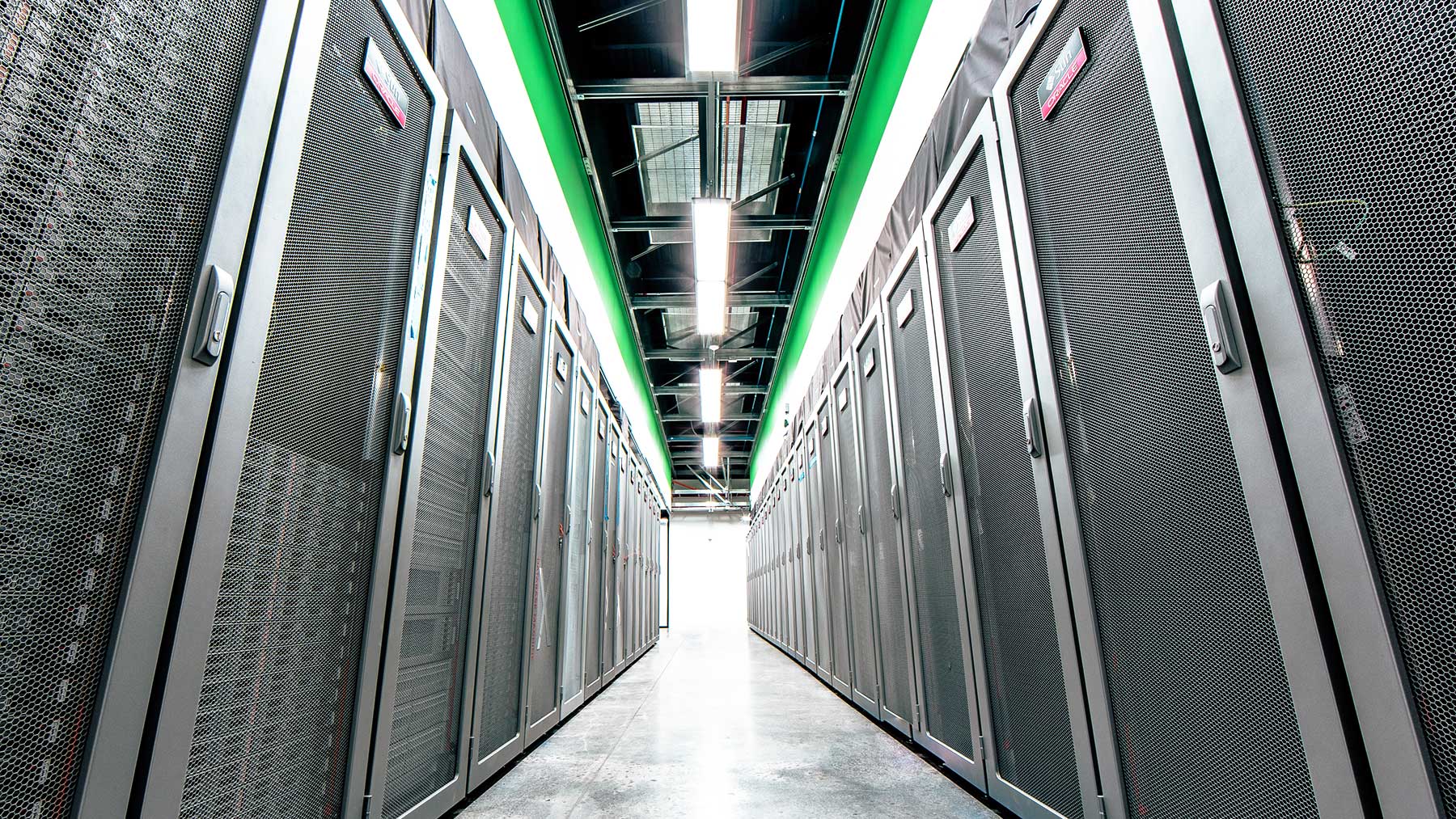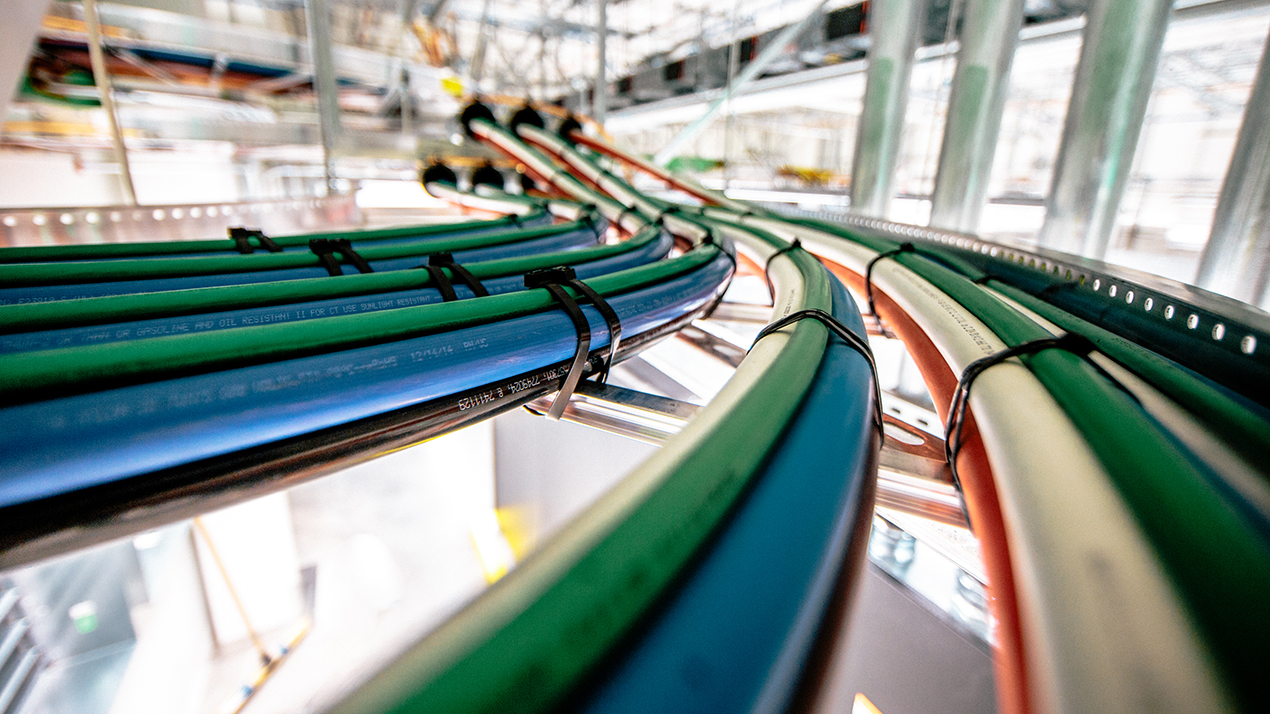Oracle Cell 2.1
West Jordan, Utah, United States
Energy costs skyrocket as the need for data storage increases exponentially by the year. This fact was not lost on tech giant Oracle when it needed to construct a 30,000 sf data center space to meet its growing storage needs. Wanting to show that that those increasing energy costs could be mitigated without sacrificing stability and reliability, Oracle turned to Glumac to help design its UCF Phase 2 Data Center (Oracle Cell 2.1) in West Jordan, Utah.
Oracle chose to build out an existing space in a modular fashion that allowed it to take advantage of newer technologies to support the MEP designs needed to achieve the desired energy savings. Glumac’s MEP teams utilized Revit to create an always current BIM model that allowed them to visualize and coordinate solutions to optimize efficiencies and achieve significant cost savings. For example, with high humidification needs in the dry Utah desert, waste heat is captured from the IT equipment and used to evaporate water into moisture to combat the dry outside air. Variable controls were also implemented to ensure the amount of cool air needed to prevent equipment overheating was the precise amount necessary based on time of day and usage rates.
With Glumac’s help, the Oracle Cell 2.1 data center will save an extra $250,000 a year in energy spending when compared to similar facilities built to Utah’s energy code.
Size: 30,000 sf
Completion Date: 2014
Architect: Gensler
Contractor: Holder Construction
Images courtesy of Sam Graves
EXPERTISE
Modular Data Center Design Helps Oracle Achieve Sustainability Goals
With 2014 revenues at $38 billion and more than 130,000 employees company-wide, Oracle has plans. Big plans. These included reaching their internal IT growth targets for 2014 with a forward-looking plan to support IT growth needs for the next several years. Accordingly, Oracle moved forward with the build-out of the UCF Phase 2 Data Center space in West Jordan, Utah, with a Glumac-lead master plan that included building the 30,000 sf of data center space in six modular 5,000 sf builds. | Read More





